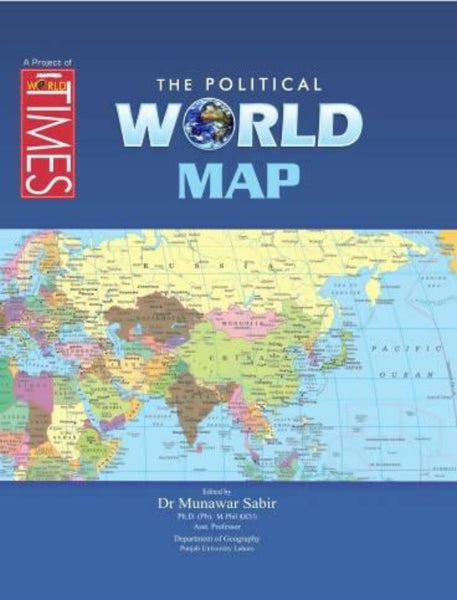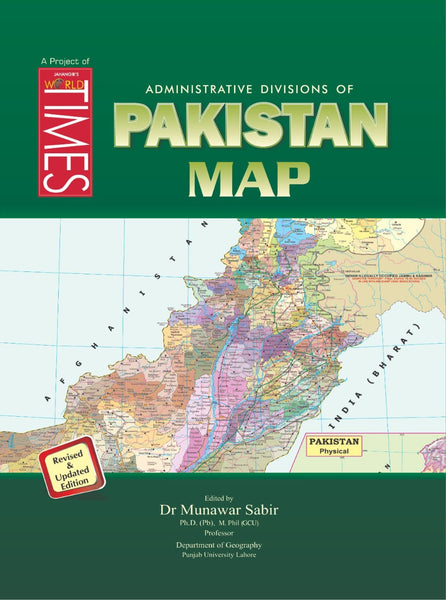Conventional Deterrence By John Mearsheimer
- Publisher: POLITICS
- Availability: In Stock
- SKU: 49605
- Number of Pages: 296
Rs.680.00
Rs.999.00
Tags: affordable prices , alliance politics , alliance structures , arms control , balance of power , best books , best books online , Best Price , best prices , Best Selling Books , best shop , Book Shop , Book shopping , bookshop , bookshop Multan , bookshop near me , bookshop online , bookshop online Multan , bookshopPakistan , buy online books , conflict prevention , Convenient Shopping , conventional deterrence , credible threats , defense capabilities , defense policy , defense strategies , deterrence theory , digital shopping , escalation risks , force projection , good books , good booksonline , international stability , Internet Shop , interstate conflicts , interstate relations , John Mearsheimer , military capabilities , military doctrine , military interventions , military posture , military readiness , military technology , non-traditional threats , nuclear deterrence , one stop shop , Online Book Shop , ONLINE BOOKS , Online Books Shop , online books store , Online Bookshop , Online Bookshop Pakistan , online bookstore , online shop , online shopping , Online Shopping Pakistan , OnlineShoppingPakistan , Pakistan Bookshop , PakistanBookshop , PakistanOnlineShopping , peacekeeping missions , price cut , price-friendly Comprehensive , psychological dimensions , ReasonablePrice , reduced price , regional security , secure shopping , security architecture , security cooperation , security studies , Shopping , ShopSmartPakistan , state behavior , strategic analysis , strategic edge , strategic positioning , strategic stability , threat assessment , Virtual Shop , war prevention
In his seminal work on international relations, John Mearsheimer delves into the concept of conventional deterrence, exploring its fundamental principles and implications for state behavior in the global arena. Mearsheimer's analysis elucidates the critical role played by military capabilities and strategic positioning in deterring potential adversaries, highlighting the intricate dynamics of power and security in an anarchic international system.
Key Points:
1. Balance of Power: Mearsheimer emphasizes the significance of maintaining a balance of power among states to deter aggression effectively. When states perceive a relatively equal distribution of military capabilities, they are less likely to initiate conflicts due to the risks involved.
2. Credible Military Threats: Central to conventional deterrence is the ability of states to communicate credible military threats to potential adversaries. This involves demonstrating the capability and willingness to employ force if necessary, thereby dissuading aggression through the perception of imminent consequences.
3. Nuclear Deterrence vs. Conventional Deterrence: While nuclear deterrence garners significant attention in strategic discourse, Mearsheimer underscores the enduring relevance of conventional deterrence, particularly in conflicts where the use of nuclear weapons is not feasible or desirable.
4. Geopolitical Significance: Geopolitical factors, including territorial disputes and regional power dynamics, heavily influence the effectiveness of conventional deterrence strategies. States strategically deploy military assets and form alliances to bolster their deterrence posture in specific geographical contexts.
5. Deterrence Failures: Mearsheimer examines instances where conventional deterrence strategies have failed, attributing such failures to miscalculations, misperceptions, or strategic blunders on the part of states. These failures underscore the complexity and unpredictability inherent in deterrence dynamics.
6. Technological Advancements: Advancements in military technology continually reshape the landscape of conventional deterrence, presenting both opportunities and challenges for states seeking to maintain their strategic edge. Mearsheimer analyzes the implications of emerging technologies on deterrence theory and practice.
7. Alliance Dynamics: Alliance structures play a crucial role in bolstering conventional deterrence capabilities, as states leverage collective defense arrangements to enhance their military posture and signal resolve to potential adversaries.
8. Escalation Risks: While deterrence aims to prevent conflict, Mearsheimer warns of the inherent risks of escalation and unintended consequences. States must carefully calibrate their deterrence strategies to avoid inadvertently provoking aggression or spiraling into full-scale war.
9. Psychological Dimensions: Conventional deterrence operates not only through material capabilities but also through psychological mechanisms, including perceptions of resolve, credibility, and the calculus of risk and reward that influence decision-making at the state level.
10. Evolving Security Challenges: In an era marked by fluid geopolitical dynamics and non-traditional security threats, Mearsheimer's analysis underscores the adaptability of conventional deterrence frameworks to address evolving challenges while reaffirming its enduring relevance in preserving stability and deterring conflict on the global stage.
In conclusion, John Mearsheimer's exploration of conventional deterrence illuminates its multifaceted nature, highlighting its nuanced interplay with geopolitical, technological, and psychological factors in shaping state behavior and maintaining strategic stability in the international system.
════ ⋆★⋆ ════
Writer ✤ John Mearsheimer

























